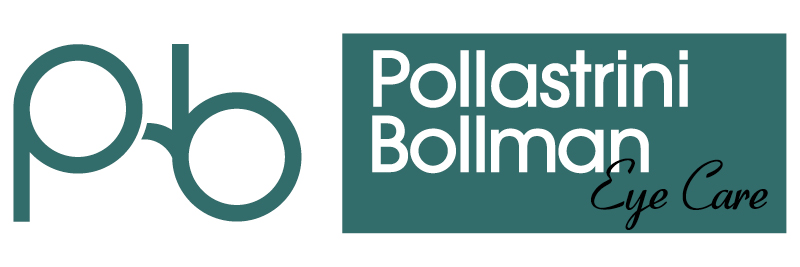
Early childhood is a critical period for development, with vision playing a pivotal role in a child’s growth and learning. Good eye health during formative years is essential for acquiring new skills, exploring the environment, and interacting with others. In this blog we explore the significance of eye health in early childhood development and offer guidance on how parents can support their child’s visual well-being.
Why Eye Health Matters in Early Childhood
The first few years of life are made up of rapid physical and cognitive development markers. Vision, one of our main senses, is vital to this process. Healthy eyes enable children to observe, understand, and interact with their environment, which is crucial for learning and development. Poor vision can debilitate a child's ability to explore the world, leading to potential delays in developmental milestones and impacting their educational and social experiences.
Key Vision Milestones in Early Childhood
Understanding the key vision milestones can help parents monitor their child's visual development cues and identify potential issues early on:
- Birth to 3 Months: Newborns initially have limited vision, mostly perceiving shapes and movement. By the end of this stage, they begin to track moving objects and recognize familiar faces.
- 4 to 6 Months: Infants develop better focus and color vision. They start to reach for and grab objects, which requires hand-eye coordination, an essential skill for future development.
- 7 to 12 Months: During this stage, depth perception improves, and infants begin to judge distances. This development is crucial for crawling and exploring their environment.
- 1 to 2 Years: Toddlers refine their visual skills, such as recognizing objects, identifying shapes, and improving their coordination, which hugely helps them with activities like walking and playing.
- 3 to 5 Years: Preschoolers continue to develop more complex visual skills, including fine motor coordination and visual memory, which are important for activities like drawing and writing.
The Impact of Vision Problems on Development
Undetected vision problems can hinder a child's development. Issues such as strabismus (misaligned eyes), amblyopia (lazy eye), and refractive errors like nearsightedness or farsightedness can interfere with normal visual development and learning. Children with vision problems often struggle with tasks such as reading, writing, and participating in sports, leading to potential delays in educational progress and social interactions.
Early Signs of Vision Problems
Parents should be on the lookout for signs that may indicate vision problems in their children. These signs can include frequent squinting, eye rubbing, tilting the head, holding objects very close to the face, or complaining of headaches.
Moreover, if your child is struggling to keep up in school or exhibits behavioral difficulties, poor vision could be a contributing factor. If any of these signs are observed, it is important to consult one of our eye care professionals for a comprehensive eye examination.
Promoting Eye Health in Early Childhood
Ensuring optimal eye health for your child involves a combination of regular eye exams, proper nutrition, and creating a visually stimulating environment:
- Regular Eye Examinations: The American Optometric Association recommends that your child have their first eye exam at six months, again at three years old, and before starting school, with annual check-ups thereafter.
- Eating a Balanced Diet: Provide a diet rich in essential nutrients that support eye health, such as vitamins A, C, and E, as well as omega-3 fatty acids. Foods like leafy greens, carrots, fish, and fruits are excellent choices for maintaining good vision. For a more detailed list of recommended foods for eye health, click here.
- Protecting Eyes from UV Light: Ensure your child wears sunglasses with UV protection when outdoors to protect their eyes from harmful ultraviolet rays, which can damage the eyes over time.
- Limiting Near Work: Manage your child's near work, such as screen time and reading, to help prevent digital eye strain and high myopia. Encourage breaks and activities that do not involve screens, such as playing outside or engaging in creative play.
- Creating a Visually Stimulating Environment: Surround your child with visually engaging objects, books, and toys to stimulate their vision and encourage exploration. Activities like reading together, playing with blocks, and drawing can support visual development and hand-eye coordination.
The Role of Parents and Caregivers
By being attentive to your child's vision needs and promoting a healthy lifestyle, you can help support your child's overall development and academic success. Encouraging good eye health habits from an early age sets the foundation for a lifetime of healthy vision and well-being.
Expert Child Eye Care in Waverly
For more information on maintaining your child's eye health, contact . Our team is dedicated to providing comprehensive eye care for your family. Request your child’s next appointment at your closest practice here.
